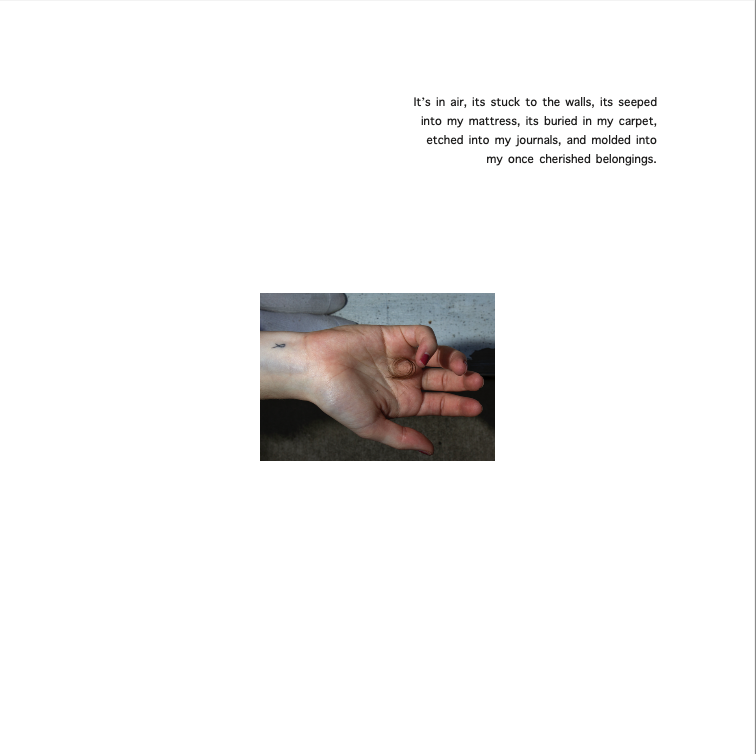Cancer Behind a Screen:
How young people navigate cancer in the digital age—the tension between being seen, documenting, and connecting through social media.
a podcast created by Kiera Toomey
About Me
Kiera Toomey is a 22-year-old cancer survivor, communicator, and advocate for open conversations about illness—both online and offline. Now completing her BA in Communications, Studio Art, and Film, she uses her knowledge to better understand and reflect on her cancer experience, having been diagnosed at 17 and undergone treatment during the height of the pandemic. This journey sparked her passion for exploring how young people use social media to process and communicate about illness.
With a deep understanding of digital media and firsthand experience navigating cancer in the age of social media, Kiera has built an engaged community on TikTok, using storytelling as a tool for connection and healing. Through her podcast, she dives into the realities of using social media to cope, the in-between moments of survivorship, and the evolving role of communication in illness. Her goal is to create a space where conversations about health, identity, and the media can be shared authentically.
Promo Video: Click here for preview !
Full Episode: https://youtu.be/p4G1xA0j8bo?si=I9myEFwoiBr_1QBX
Photo Book:
Executive Summary
Research topic and Rationale
This podcast explores the role of mass and interpersonal communication in shaping the experiences of young people with cancer. Specifically, it focuses on the impact of digital media, particularly TikTok, and personal narratives on how young patients understand, process, and share their experiences. The research is guided by the question: How do young people use social media to process living with cancer? The rationale behind this study stems from my own experience with cancer and the immense influence that online content and personal connections had during my treatment.
Primary Research
My primary research consisted of personal reflection and an interview with a girl named Elodie, someone who deeply impacted me during my treatment. I first came across her on TikTok, where she posts under the username @hotcancersurvivor. Her videos stood out immediately; she approached cancer with the same humor I did and used her platform to share how cancer had affected her. Even though our diagnoses and treatments were very different, her words captured exactly how I was feeling in a way I hadn’t been able to articulate myself.
Eventually, I reached out to her, and our conversation became part of this project. Elodie has such a discerning and insightful perspective on her experience, and she portrays it online in a way that feels honest, relatable, and comforting. Our interview highlighted how powerful it can be to find someone who just understands, even just behind a screen.
For me, creating and posting comedic content during treatment became a way to cope. It gave me back a small sense of control and allowed me to process my experience without always having to explain it seriously. That unexpected connection helped me feel less alone. This part of my research emphasizes how social media can be more than just a place for entertainment, but a place for actual support and shared understanding.
Secondary Research
My secondary research included reviewing online content created by cancer patients on platforms like TikTok. Content was categorized as either helpful or harmful. Helpful content typically consisted of educational or supportive information about treatment and coping strategies, often delivered with humor. One creator, @fruitsnackmaddy, shared content that aligned with me and made me laugh, offering a rare sense of comfort and relatability. Even when videos touched on negative emotions or outcomes, they helped break the silence around cancer, promoting an open discussion.
However, I also encountered harmful content—such as misinformation or videos encouraging harmful stereotypes about cancer. For example, @brennahuckaby addressed the common tendency to whisper about cancer, reflecting the discomfort society has when discussing the illness. This type of content reveals the harmful habit of avoiding, which can isolate patients even further. These findings led me to ask: How do communication norms impact the way young patients see themselves and their illness?


























